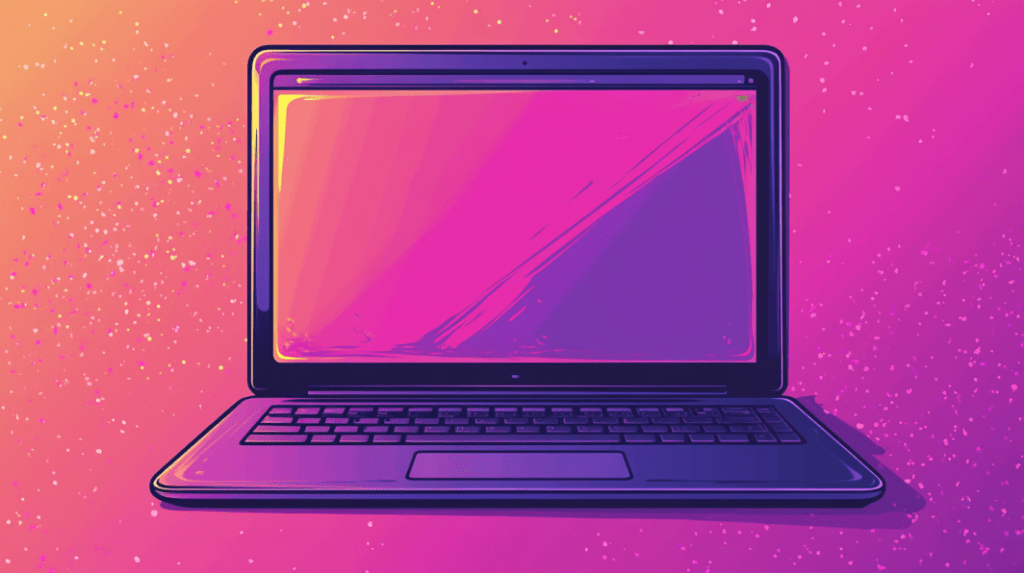Useful information
Prime News delivers timely, accurate news and insights on global events, politics, business, and technology
Useful information
Prime News delivers timely, accurate news and insights on global events, politics, business, and technology

Join our daily and weekly newsletters to get the latest updates and exclusive content on industry-leading AI coverage. More information
OpenAI has expanded the number of applications its desktop apps can work with, including advanced speech mode to work with other apps, and is moving closer to ChatGPT using computers.
The desktop app introduced integrations in November with four initial apps. During day 11 of its “12 Days of OpenAI” event, OpenAI announced several new integrated development environments (IDEs), terminals, and text applications that it will support.
ChatGPT now supports BBEdit, MatLab, Nova, Script Editor, TextMate as an IDE, VS Code for VSCode Insiders, VSCodium, Cursor, WindSurf, the JetBrains family of Android Studio IDEs, AppCode, CLion, DataGrip, GoLand, IntelliJ IDEA, PHPStorm, PyCharm, RubyMine, RustRover and WebStorm. It also added the Warp and Prompt terminal apps as an integration. These apps join VS Code, Xcode, Terminal, iTerm 2, and TextEdit as built-in apps.
But coding apps won’t be the only apps ChatGPT desktop apps can access. OpenAI also added Apple Notes, Notion, and Quip to its integrations. Advanced Voice Mode can work with these applications, considering the context of the projects in the integrations.
OpenAI emphasized that users must grant ChatGPT permission to access these apps.
App integrations with AI chatbots, of course, are nothing new. In October, GitHub Copilot added coding platform integrations. Connecting apps to ChatGPT or Copilot brings context from those platforms to the chat experience. Developers can ask ChatGPT for coding help for a project they have in VS Code, and the chatbot understands what they’ve been working on.
Kevin Weil, chief product officer at OpenAI, said during a livestream that improving the desktop app will help the company move closer to a more agentic user experience for ChatGPT.
“We’ve put a lot of effort into our desktop apps,” Weil said. “As our models become more and more powerful, ChatGPT will become more and more agentic. That means we’ll go beyond simple questions and answers; ChatGPT will start doing things for you.”
He added that desktop applications “are a big part” of that transformation.
“Being a desktop app, you can do a lot more than just a browser tab,” he said. “That includes things like, with your permission, being able to see what’s on your screen and being able to automate much of the work you do at your desk. We will have much more to say about this as we move towards 2025.”
If OpenAI allows ChatGPT to see more of your computer, ChatGPT will come close to Anthropic’s Claude Computer Use feature, which allows Claude to click on a person’s computer, navigate screens, and even type text.
OpenAI already announced a fairly similar feature for the mobile version of ChatGPT, although the chatbot cannot yet access computers or phones in the same way. Users can share their screens with the chatbot so it can “see” what they are reading or watching. microsoft and Google It also developed comparable features with Copilot Vision and Project Astra.
On MacOS, users who want to open ChatGPT while using other apps can use “option + space” to open ChatGPT and choose the app they need via a button on the chat screen. Another shortcut, “option + shift + 1”, shows the most used application.
From that window, users can also access Advanced Voice Mode in the same way. Voice mode automatically detects the context of the application.
Integrations are available for ChatGPT Plus, Pro, Team, Enterprise and Edu users. However, business and education subscribers should ask their IT administrators to activate the feature.